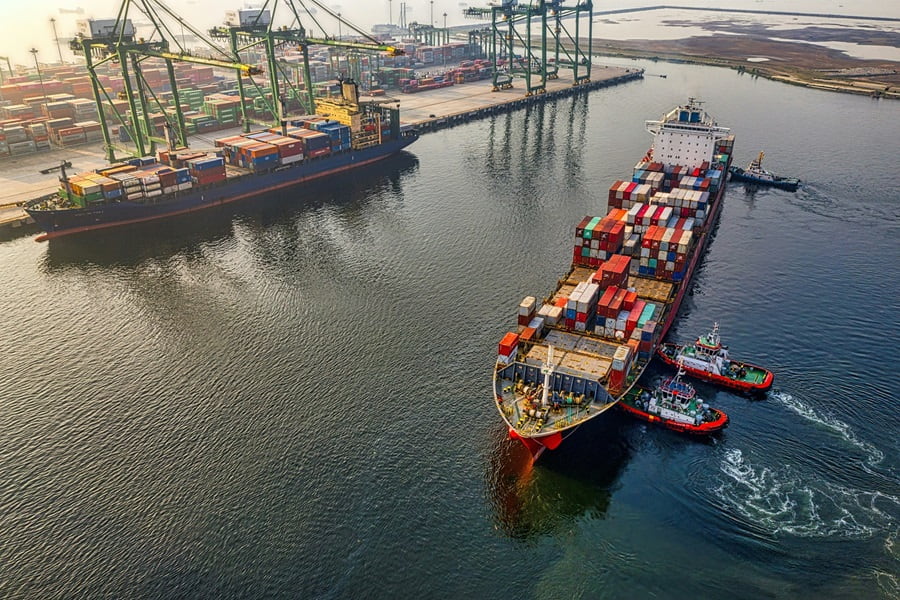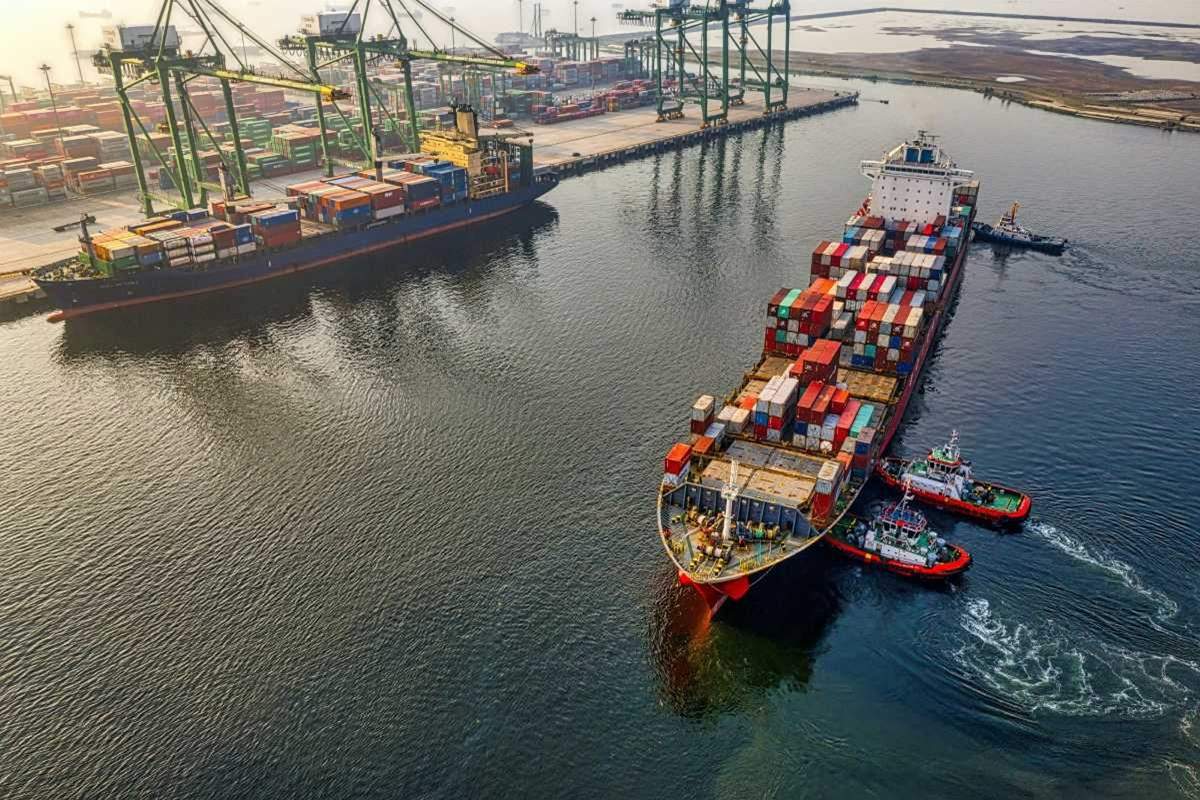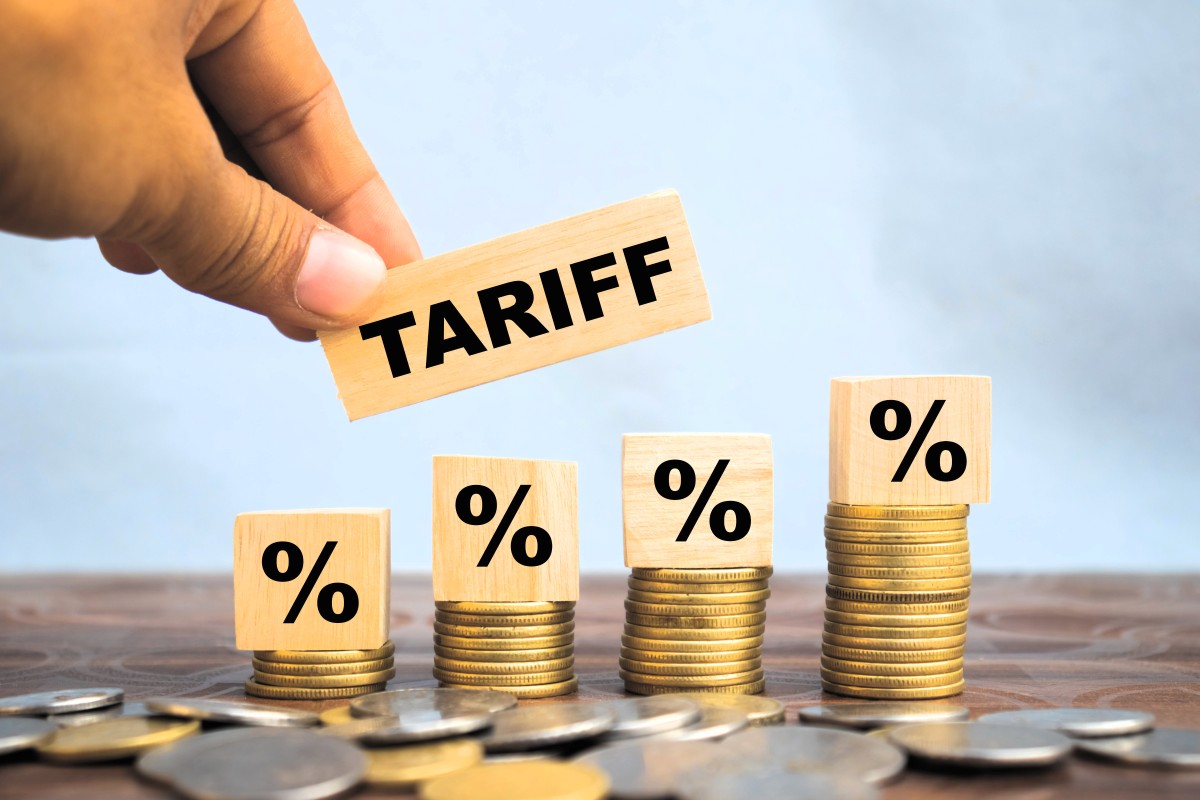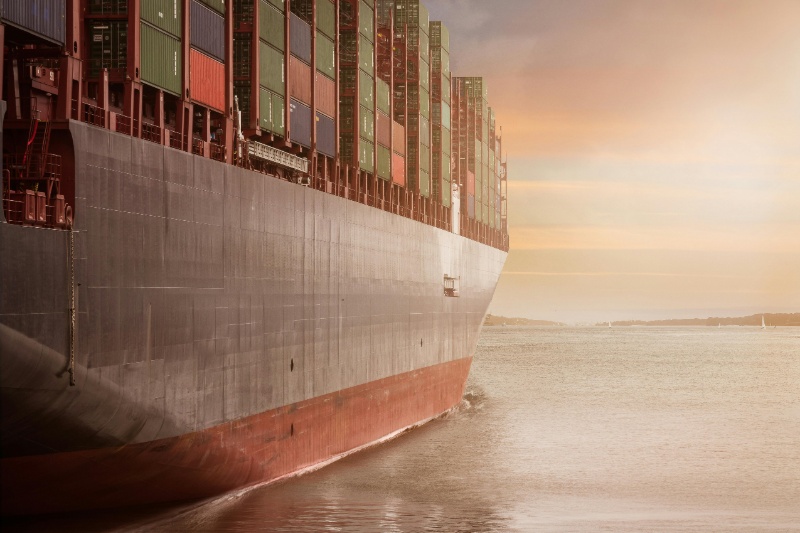Building collaborative governance for green maritime logistics
Vietnam’s ports face rising pressure to cut emissions. New research from RMIT reveals the risks, gaps, and cooperation needed for a credible, sustainable transition.
How to deal with the surge in counterfeit essential goods?
Logistics and supply chain management experts share practical advice for businesses and consumers to combat the rise in counterfeit goods – an issue that continues to stir public concern.
How Vietnamese businesses can navigate the newest US tariff reality
Vietnamese businesses face a major challenge as new US tariffs could reach 46%. RMIT lecturer Dr Scott McDonald says that to stay competitive, firms must rethink markets, supply chains, and strategies fast.
Enhancing the competitiveness of Vietnamese products
Vietnamese products are facing significant challenges, even within the domestic market. Two logistics and supply chain management lecturers from RMIT Vietnam shared their insights on this matter.






